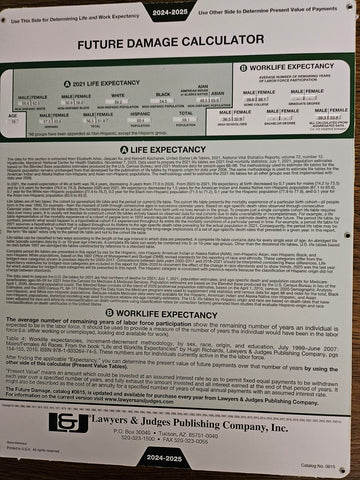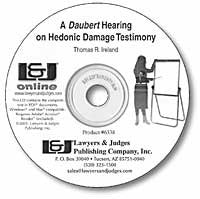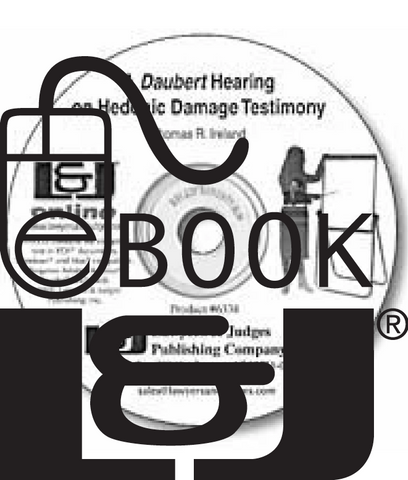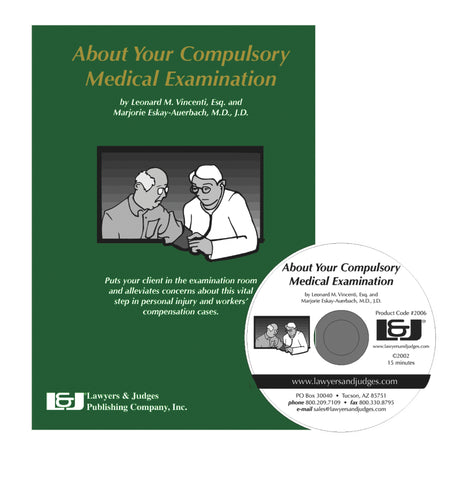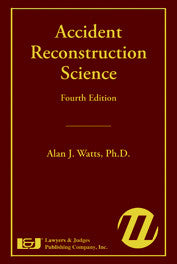
Accident Reconstruction Science Fourth Edition
- Author: Alan Watts
- ISBN 10: 1-936360-03-9
- ISBN 13: 978-1-936360-03-1
- Copyright Date Ed: October 1, 2011
- Pages: 416
- Binding Information: Casebound
- Size: 6 ✕ 9 Inches (US)
Written for the reconstructionist, attorney, automotive engineer, or other interested professional, this brand new edition examines the science of reconstructing and analyzing an automobile accident. Learn how to analyze accidents and judge speed from the final position of the vehicle. Also covered are topics such as sideswipe collisions, rollovers, calculations of collision timing and accelerations and measuring vehicle crush, among many others. Dr. Alan Watts explains basic concepts of physics, and then applies them to accident reconstruction. The text will be readily understood by any reader with a basic understanding of accident reconstruction; however, full details and equation derivations are provided for those with either higher technical education or a wish to more fully understand the issues.
Topics Include
- General material loading responses
- Vehicle crush response for impacts into rigid barriers
- Crush responses in two-vehicle, low speed collisions
- Computer modeling methods
- Energetics of collisions
- Bumper behavior
- Integrated hits and other effects
- Interesting mechanical models
- Comparisons between the CRASH3 and the POD models
- Proper solutions to various problems
- Rollovers and side trips
- Mounting and surviving
- Specific examples and animations
- Accident reconstruction definitions and other notes
This book is also available as an E-book. Click here to purchase and download:
Table of Contents
Chapter 1: Introduction
1.1 Understanding the Physics
1.2 Accuracy
1.3 Terminology
1.4 A Matter of Perspective
Chapter 2: General Material Loading Responses
2.1 Energy and Force
2.2 Responses to Force
A. Elastic Response
B. Plastic Response
C. Viscoelastic Response
D. Brittle Response
2.3 Other Definitions
A. Stress
B. Strain
2.4 Sign Convention
Chapter 3: Vehicle Crush Response for Low-Speed Impacts into Rigid Barriers
3.1 The Bumper Response
3.2 Vehicle Crush Characteristics
3.3 The Difference between Input and Absorbed Energy
Chapter 4: Crush Responses in Two-Vehicle, Low-Speed Collisions
4.1 In-Line Collisions
4.2 Post-Impact Speeds
4.3 Coefficient of Restitution
4.4 Critical Damage Speed
4.5 Numerical Values of R and a
4.6 Contact Time
4.7 Distance Moved during Impact
4.8 Braking during Impact
4.9 The Engineer’s Box
4.10 Rule of Thumb: The “One-mph-per-Inch-Crush” Rule
4.11 Incomplete and Side Impacts
4.12 Partial or Sideswipe Impacts
4.13 Induced Rotations
4.14 Movie Theatrics
4.15 Payload Considerations
4.16 Sensitivity Analysis
Chapter 5: Computer Modeling Methods
5.1 Introduction
5.2 The CRASH3 Program
5.3 Multiple Hits on a Vehicle
5.4 Issues to Watch Out For
Chapter 6: Energetics of Collisions
6.1 The Energetics of a Collision
6.2 The Critical Speeds
6.3 Example: Two-Car Crash Effects
6.4 Relative Energy Absorption
Chapter 7: Bumper Behavior
7.1 Energy-Absorbing Bumpers
7.2 Sensitivity to Non-Linearity
7.3 Preload Effects and Isolator Friction
7.4 Isolator Aging
7.5 Viscous Behavior of Plastic Bumpers
7.6 Transmission of Bumper Force
7.7 Static versus Dynamic Isolator Forces
7.8 Bumper Stroking versus Delta-v: Restitution for Car-to-Car Impacts
Chapter 8: Integrated Hits and Other Effects
8.1 Absorbed Energy (Again) and the Multiple-Hit Logic
8.2 Front-to-Front versus Front-to-Rear Impacts
8.3 Bumper Speed Limits
8.4 Damage: Car-to-Car versus Car-to-Barrier
8.5 Bumper-to-Bumper versus Bumper-to-Soft-Bodywork
A. Case A: Bumper-to-Bumper
B. Case B: Bumper-to-Soft-Bodywork
C. Discussion
8.6 Aggressivity of Trucks and SUVs
Chapter 9: Interesting Mechanical Models
9.1 Internal Damage
9.2 Beam Bending
9.3 The Soda-Can Model
Chapter 10: Comparisons between the CRASH3 and the POD Models
10.1 The Values of R and a, and the CRASH3 Equivalents A and B
10.2 Updates for CRASH3 and SLAM
10.3 Occam’s Razor
10.4 Paths and Loci
Chapter 11: Proper Solutions to Various Problems
11.1 Solving the Equations
11.2 How Not to Solve a Problem
11.3 Experiments versus Theory: Balderdash, Dishonesty and Junk Science
11.4 Component Testing versus Systems Testing
11.5 Angular Momentum (AM)
A. Option A
B. Option B
C. Option C
11.6 Submarine Collision Logic
11.7 Special Cases
11.8 The Influence of Restitution on Multicar Impacts
Chapter 12: Rollovers and Side Trips
12.1 Background
12.2 Types of Rollover
A. Cornering Rollover (Turn)
1. Centripetal and centrifugal rotational effects
2. Tire forces and direction
3. True dynamics versus accident reconstruction
4. The roll
5. Rotation rate
6. Contact-point lift-off
7. Time of roll
8. Does the roll continue?
9. Sensitivity to unknowns in R and Krot
10. Conclusions for a simple turn roll
B. The Curb Impact Trip Condition
12.3 The Side Slide Case
Chapter 13: A Typical Mathcad Solution
13.1 Introduction
13.2 Code Output
Chapter 14: Side-Swipe Collisions
14.1 Introduction
14.2 Small-Angle Effects
14.3 The K Factors
Chapter 15: Measuring the Crush
15.1 Introduction
15.2 Measuring the Crush
Chapter 16: The Heavy Vehicle versus Light Vehicle Problem
16.1 Introduction
16.2 Can We Build a Lightweight Car and Maintain Safety?
16.3 Four Solutions
Chapter 17: Conservation of Linear Momentum
Chapter 18: Event Data Recorders (EDRs)
Chapter 19: Going Round the Bend: Critical Yaw Velocity and Steering Logic
19.1 Introduction
19.2 Steering Effects
19.3 Higher Speeds
19.4 Yawing, Understeer and Oversteer
19.5 The Yaw Critical Velocity
19.6 High Rate Cornering and Electronic Stability Control
19.7 Mathcad Plots
Appendix A: Accident Reconstruction Definitions and Other Notes

